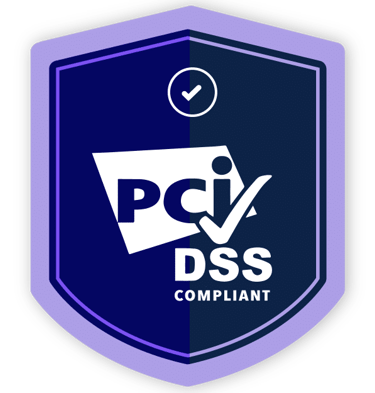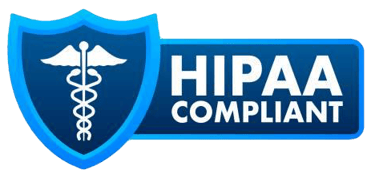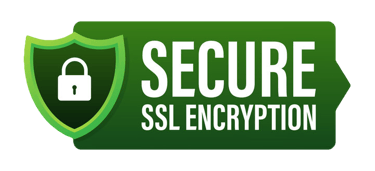How to Manage NOA (Notice of Admission) Timeliness and Avoid Penalties in Home Health
Learn why timely submission of the Medicare Notice of Admission (NOA) is essential for home health agencies, the penalties for late filing, and strategies to stay compliant and avoid financial loss.


Submitting the Medicare Notice of Admission (NOA) within five days of the Start of Care (SOC) is now a critical requirement in home health billing, and for good reason. Properly managing NOA timeliness safeguards against payment reductions and keeps your agency in strong compliance with CMS rules. Here’s a deep dive into the NOA process, common pitfalls, and best practices to avoid costly penalties.
What Is a Notice of Admission (NOA)?
Introduced on January 1, 2022, the NOA replaced the previous Request for Anticipated Payment (RAP). It’s a one-time notification submitted for a patient’s series of home health episodes, signaling that the patient is under active Medicare care.
The NOA:
Is required within five calendar days after the SOC date (inclusive of the SOC day as Day 0)
Triggers billing edits under consolidated billing rules
Get it right—or prepare to pay.
💸 Penalties for Late NOA Submission
Medicare will deduct payments based on how many days late the NOA was submitted:
The penalty equals the number of days late divided by 30, subtracted from the 30-day payment period
LUPA payments are suspended for days before a valid NOA is on file
Late filing may affect multiple 30-day periods, increasing the total deduction
No billing back to the beneficiary—your agency must absorb the loss.
Essential NOA Requirements
Before submitting the NOA, agencies must ensure:
A written or verbal physician/allowed practitioner order for the initial visit is documented, per 42 CFR 484.60(b)
The initial visit is completed and the patient is officially admitted
Once those are met, the NOA can be filed via EDI, Direct Data Entry, or paper submission to the MAC (Medicare Administrative Contractor)
Use Type of Bill (TOB) 32A, and later submit a TOB 329 final claim for each 30-day period
When Exceptions Can Apply
CGS and CMS allow exceptions under specific, documented circumstances :
Natural disasters that disrupt operations (e.g., fire, flood, earthquake)
MAC or CMS system outages beyond the agency’s control
Newly Medicare-certified agencies awaiting ID or enrollment
Other MAC‑approved exceptional situations
An exception requires clear documentation and must be submitted per guidelines.
Managing NOA Timeliness: Best Practices
Automated Alerts: Configure your EMR or billing system to generate reminders between Day 1–5 post-SOC.
Daily Eligibility Checks: Verify the patient’s Medicare Beneficiary Identifier (MBI) before SOC to prevent rejections
Standardized Workflows: Create a checklist connecting SOC completion, physician orders, and NOA submission.
Staff Training: Ensure admission and billing teams clearly understand NOA procedures and deadlines.
Monitor Submission Tracking: Confirm MAC acceptance within the 5-day window; if returned for error, correct and resubmit promptly
Exception Preparedness: Document any disruptions immediately and prepare exception requests in compliance with MAC guidance.
What to Do If You Miss the Deadline
Should an NOA be late:
Submit it as soon as the oversight is discovered
Evaluate if an exception applies; append modifier KX on the final claim and include supporting remarks
Ensure any returned NOA (due to errors) is corrected within two business days to maintain potential exception eligibility
Track and document the days of penalty, and update financial forecasts accordingly
How HealthBridge Strengthens NOA Compliance
At HealthBridge, we support agencies in mastering NOA timeliness with:
NOA submission checklists
EMR integration for automated alerts and tracking
Staff training programs covering SOC and NOA protocols
Exception request preparation, including modifier usage and documentation aids
Audit and billing reviews to ensure penalty avoidance and revenue protection
In Summary
A timely NOA submission within 5 calendar days of SOC is non-negotiable. This simple step ensures compliance with CMS requirements, prevents payment penalties that can accumulate quickly, and keeps your home health agency financially sound. By implementing effective processes, technology tools, and staff training—and with support from HealthBridge—your agency can operate confidently and profitably.
Interested in an NOA toolkit, EMR alert setup, or staff training? Reach out to HealthBridge to protect your revenue and stay audit-ready.







